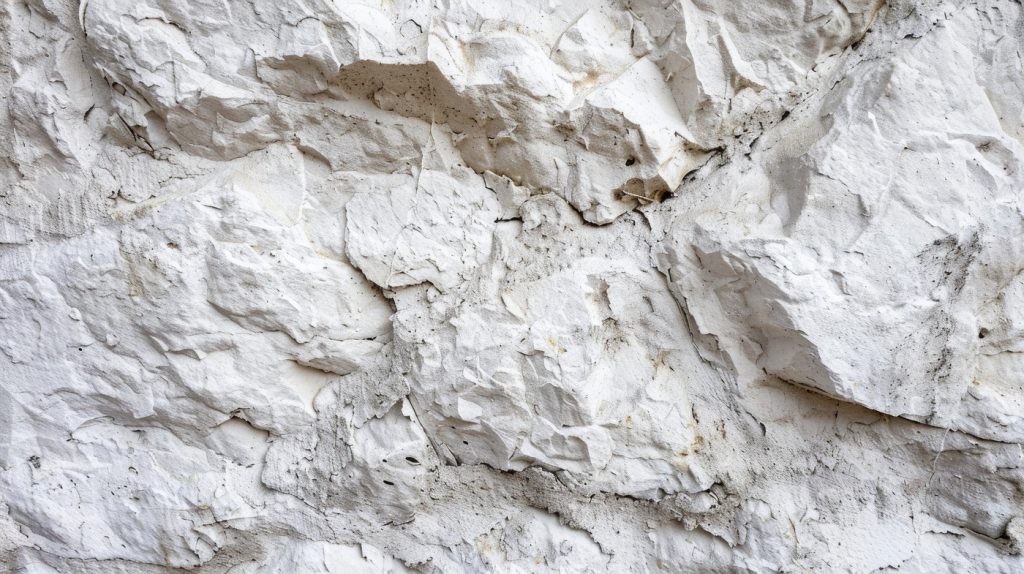Understanding Recycled Concrete
Recycled concrete is created by crushing and processing old concrete that comes from demolished structures, leftover batches of concrete, or excess from construction projects. The resulting material can be used as aggregate for new concrete, helping to reduce waste and conserve natural resources.
Strength Comparison: Recycled Concrete vs. Traditional Concrete
The strength of concrete largely depends on the quality of the aggregate used. Recycled concrete aggregate (RCA) can vary in strength depending on several factors, including the quality of the original concrete, the processing method, and the presence of impurities.
While traditional concrete typically offers consistent strength, recycled concrete’s strength can be more variable. However, studies and real-world applications have shown that, with proper processing and quality control, recycled concrete can achieve comparable strength to traditional concrete. It’s important to note that recycled concrete is often used in non-load-bearing applications or as a base layer, where its slightly lower strength is less of an issue.
Factors Affecting the Strength of Recycled Concrete
- Original Concrete Quality: The strength of recycled concrete heavily depends on the quality of the original concrete from which it is derived. High-quality original concrete will yield a stronger recycled product.
- Processing Techniques: Proper crushing and screening processes are critical to removing impurities and ensuring that the recycled aggregate has a uniform particle size. This consistency is key to achieving comparable strength to traditional concrete.
- Mix Proportions: The mix design used in the production of recycled concrete plays a significant role in its final strength. Adjustments in water-to-cement ratios and the inclusion of additives can enhance the performance of recycled concrete.
Advantages of Using Recycled Concrete
- Environmental Benefits: Using recycled concrete reduces the need for natural aggregates, conserves landfill space, and decreases the carbon footprint associated with new concrete production.
- Cost-Effectiveness: Recycled concrete can be more economical, especially when sourced locally, as it reduces transportation costs and the need for new materials.
- Resource Conservation: By recycling concrete, we can conserve natural resources such as gravel and sand, which are finite and increasingly difficult to source.
Potential Drawbacks of Recycled Concrete
While recycled concrete offers many benefits, it is essential to consider potential drawbacks:
- Variability in Strength: As mentioned earlier, recycled concrete can have more variability in strength compared to traditional concrete. This variability requires careful consideration during the design and application process.
- Limited Use in Structural Applications: Due to its variable strength, recycled concrete is often limited to non-load-bearing applications or used as a base layer beneath new concrete or asphalt.
- Possible Contaminants: If not properly processed, recycled concrete can contain impurities like dirt, metals, or organic materials, which can affect its performance.
Is Recycled Concrete a Viable Option?
Recycled concrete has proven to be a strong and viable option for many construction applications. While it may not always match the strength of traditional concrete, especially in load-bearing situations, its environmental and economic benefits make it an attractive choice for sustainable construction practices. Proper processing and quality control are essential to ensuring that recycled concrete meets the necessary strength requirements for its intended use.
As the construction industry continues to prioritize sustainability, recycled concrete will likely play an increasingly important role. For those looking to reduce their environmental impact without compromising on strength, recycled concrete offers a practical solution.

